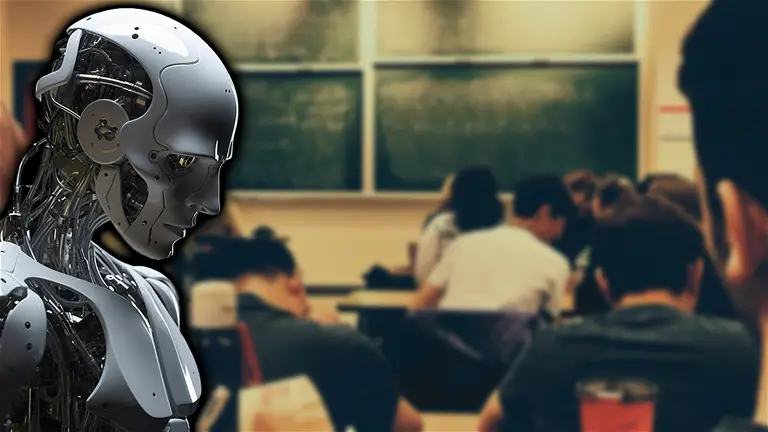
In Blade Runner we saw how the film began with a small test that they did to human groups to try to determine if they were definitely human or if they were actually robots. We have reached a point in the development of artificial intelligence that it is beginning to be necessary to distinguish between humans and robots, so studies are being carried out on whether ChatGPT could pass itself off as a human being or not. The answer seems to be positive, so let’s see what conclusions a scientific study has drawn about this situation.
Robots that pose as humans
A recent study published by researchers at the University of California, San Diego and available for download in Arxiv.org has reignited the debate about the Turing Test and its implications in the era of advanced artificial intelligence. Originally proposed by the legendary Alan Turing in 1950, this test seeks to evaluate the ability of a machine to display behavior that could perfectly pass for that of a human. In other words, it could lead us to think that we are interacting with a fully human person.
In this experiment, three AI systems were evaluated: ELIZA, GPT-3.5, and GPT-4, along with human participants. The results showed that GPT-4 was considered a real human in 54% of cases, more than notably surpassing ELIZA (22%), but falling short of real humans (67%). These findings represent the first feasible, real and documented demonstration that an artificial system passes an interactive Turing Test in which two players face each other: machine and human.
The methodology of the study contemplates a clear rigor that seeks to demonstrate empirically and scientifically what they were trying to investigate, so it cannot be reproached that the researchers failed to carry out a conscientious method. In this way, they had the help of 500 participants who were randomly assigned to different roles. The conversations lasted 5 minutes and were conducted through a chat interface designed for the experiment. For GPT-4 and GPT-3.5, a specific prompt was used that taught the models how to respond to human questions. Meanwhile, ELIZA, much less advanced than the rest of the models, served as a test.
The participants carried out different strategies, showing that the style of writing and the emotional aspects were the key to determine whether they were in front of a robot or not, thus evaluating the humanity of the people – or not – with whom they were talking. Normally, those who sought to know who they were talking to began with merely trivial talks while they climbed to try to detect the machines later pulling down more emotional and human paths. This can lead us to think that humans are defined not so much by what we think, but by what we feel.
These results have seeded a myriad of important questions about the nature of intelligence and consciousness. To begin with, quantify whether the Turing Test is really an experiment that allows us to know in a really useful way whether a person is a human or not. But the question does not stop there, but everything really points to the fact that what this test really evaluates is the ability of a system to emulate human social and linguistic behaviors.
The impressive advancement of AI technology in natural language generation seems unstoppable looking at the conclusions of this article. In fact, it is sowing a very important seed right now about online safety and AI’s ability to supplant humans. And this is a technology that is still in its infancy, so more research is needed, not only on how to stop robots that can pass themselves off as humans, but also to delve into what humanity is and what are the defining traits that we have in common as a species.

Comments